| Chinch Bugs: Chinch bugs infest the base of grass plants and are often found in the thatch layer. Irrigate the treated area with up to 0.25 inches of water immediately after application to activate (release from the granule) the insecticide. Chinch bugs can be one of the most difficult pests to control in grasses and the higher application rates may be required to control populations that contain both nymphs and adults during the summer.
Crane Flies: Treatments should be made to control early to mid-season larvae (approximately August – February) as they feed on plant crowns. Treatments made to late- season larvae (approximately March – April) may only provide suppression. Consult your local extensions agent for specific recommendations for your area.
Earwigs: When earwigs are found in mulch, mix granules into the mulch layer. Place a 3-6 foot band of Talstar® XTRA Granular Insecticide Featuring Verge Granule Technology around the building adjacent to the foundation (perimeter treatment) to stop or limit earwigs from getting indoors. Earwigs are attracted to moisture around homes, particularly when the weather turns hot and dry. For best results, eliminate damp, moist conditions in crawl spaces under houses, around exterior water spigots, air-conditioning units and along house foundations. Also, for best results, reduce lighting around doors, windows and other potential entry sites or use exterior sodium vapor yellow lights which attract fewer insects compared to white, neon, halide, or mercury vapor lights.
Fleas (adults and larvae): Control is provided for up to seven days. Flea larvae develop in the soil of shaded areas that are accessible to pets or other animals. Irrigate the treated area with up to 0.5 inches of water immediately after application to activate (release from the granule) the insecticide.
Imported Fire ants: Control will be optimized by combining broadcast applications that will control foraging workers and newly mated fly-in queens with mound treatments that will control existing colonies. If the soil is not moist, then it is important to irrigate before or soon after application. Broadcast treatments should apply no more than 0.5 lbs. total ai (0.4 lbs. bifenthrin) per acre. Mounds should be treated by applying 1/2 cup of Talstar® XTRA Granular Insecticide Featuring Verge Granule Technology per mound and then drenching the mound with 1 to 2 gallons of water. The mounds should be treated with sufficient force to break their apex and allow the insecticide solution to flow into the ant tunnels. Treat three feet out around the mound. For best results, apply in cool weather (65 – 80ºF) or in early morning or late evening hours. This treatment will control the mound within 15 minutes and kill the queen within 24 hours of application. Application of at least 0.313 lbs. total ai per acre will provide four months residual activity for control of foraging Imported Fire Ants and newly mated fly-in Queens. Food utensils such as teaspoons and measuring cups should not be used for food purposes after use with insecticide.
Mole Cricket adults: Achieving acceptable control of adult mole crickets is difficult because preferred grass areas are subject to continuous invasion during the early spring by this extremely active stage. Applications should be made as late in the day as possible and should be watered in with up to 0.5 inches of water immediately after treatment. If the soil is not moist, then it is important to irrigate before application to bring the mole crickets closer to the soil surface where contact with the insecticide will be maximized. Grass areas that receive pressure from adult mole crickets should be treated at peak egg hatch to ensure optimum control of subsequent nymph populations (see below).
Mole Cricket nymphs: Grass areas that received intense adult mole cricket pressure in the spring should be treated immediately prior to peak egg hatch. Optimal control is achieved at this time because young nymphs are more susceptible to insecticides and they are located near the soil surface where the insecticide is most concentrated. Control of larger, more damaging, nymphs later in the year may require both higher application rates and more frequent applications to maintain acceptable control. Applications should be made as late in the day as possible and should be watered in with up to 0.5 inches of water immediately after treatment. If the soil is not moist, then it is important to irrigate before application to bring the mole crickets closer to the soil surface where contact with the insecticide will be maximized.
Scorpions: To ensure optimum control, treat the building perimeter at dusk to prevent outdoor scorpions from entering the building. Scorpions reside hidden in cracks and voids during the day and are active at night at temperatures above 77ºF/25ºC. Resting areas can be identified at night using a blacklight (UV bulb) as scorpions will fluoresce. These areas should also be treated. Prior to treatment, to increase treatment efficacy, remove trash, debris, or firewood that scorpions may use as resting sites. Ticks (Including ticks that may transmit Lyme Disease and Rocky Mountain Spotted Fever): Do not make spot applications. Treat the entire area where exposure to ticks may occur. Use higher application rates when treating areas with dense ground cover or heavy leaf litter. Ticks may be reintroduced from surrounding areas on host animals. Do not allow public use of treated areas during application.
Deer ticks (Ixodes sp.) have a complicated life cycle that ranges over a two year period and involves four life stages. Applications should be made in mid to late-spring to control larvae and nymphs that reside in the soil and leaf litter.
American dog ticks may be a considerable nuisance in suburban settings, particularly where homes are built on land that was previously field or forest. These ticks commonly congregate along paths or roadways where humans are likely to be encountered. Applications should be made as necessary from mid-spring to early fall to control American dog tick larvae, nymphs and adults. |
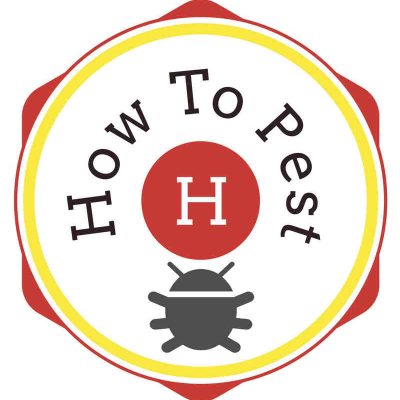

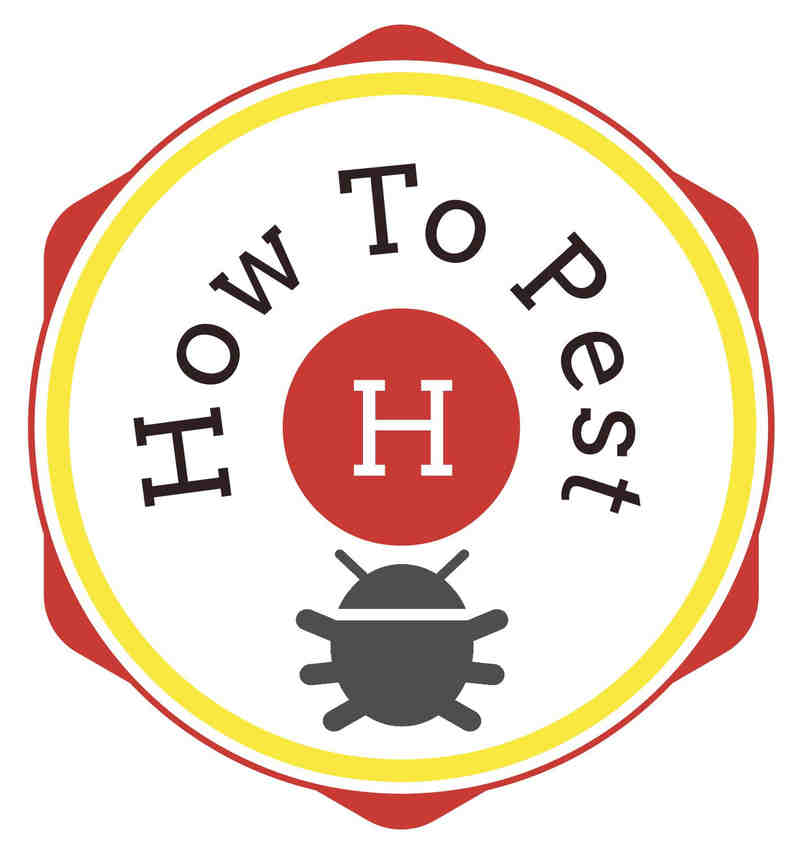

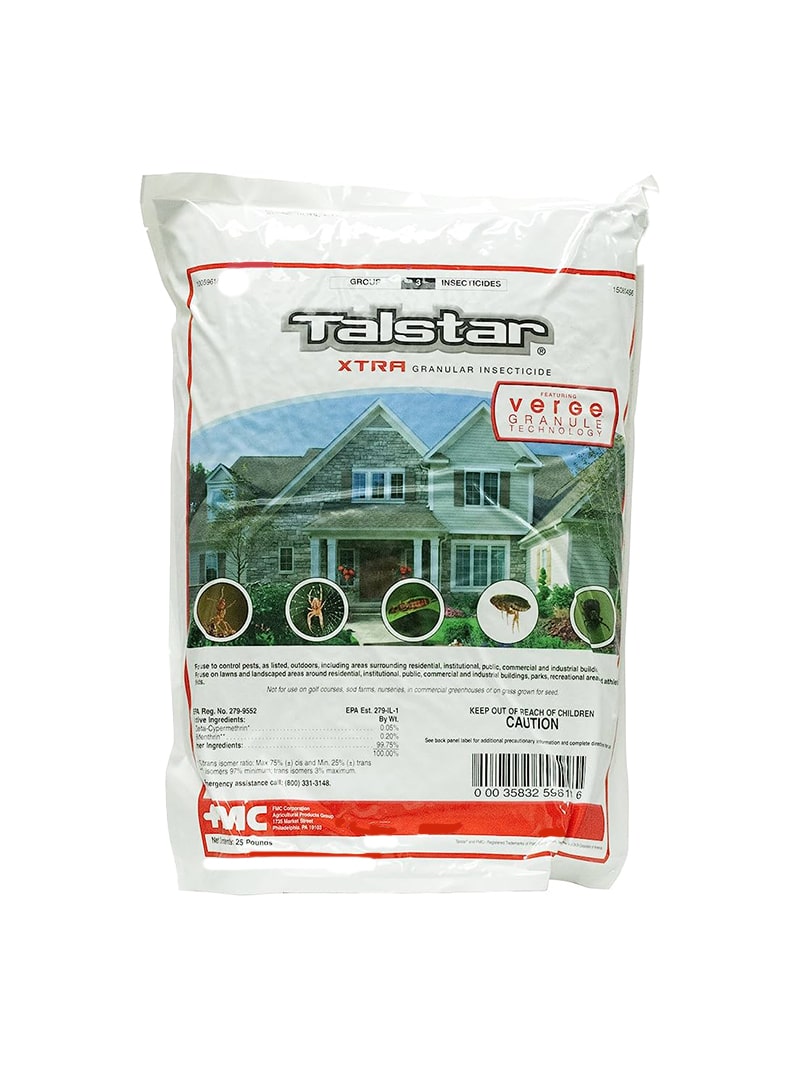
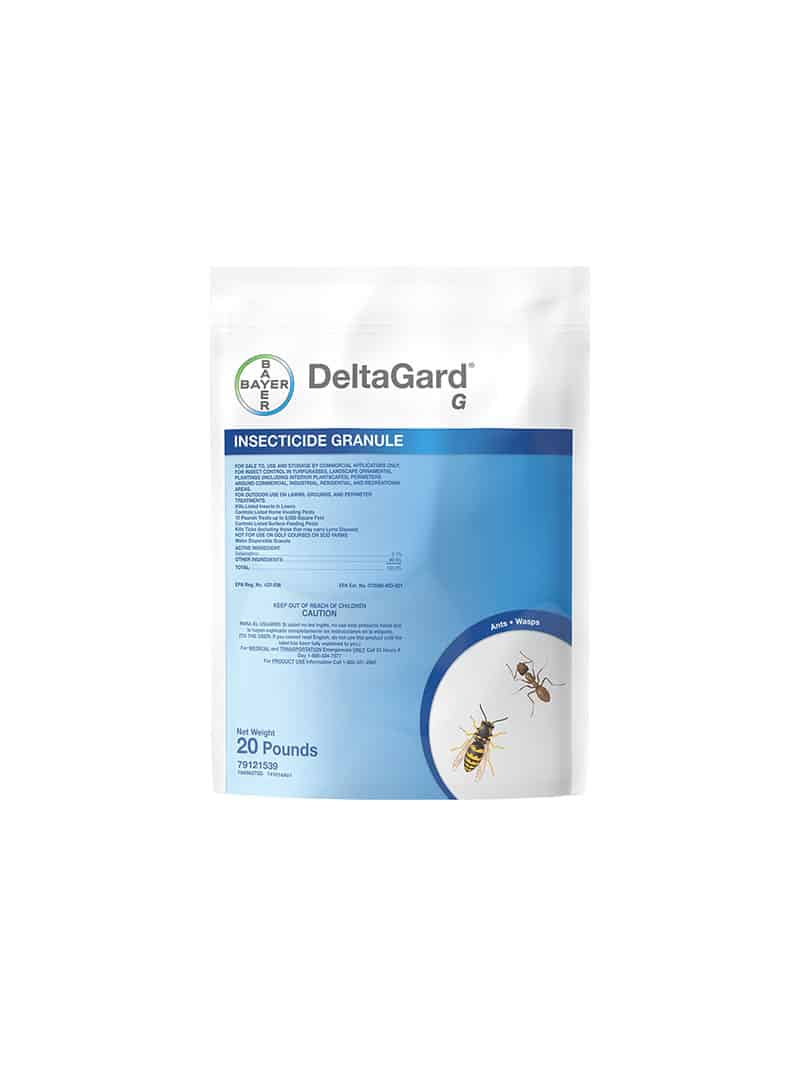
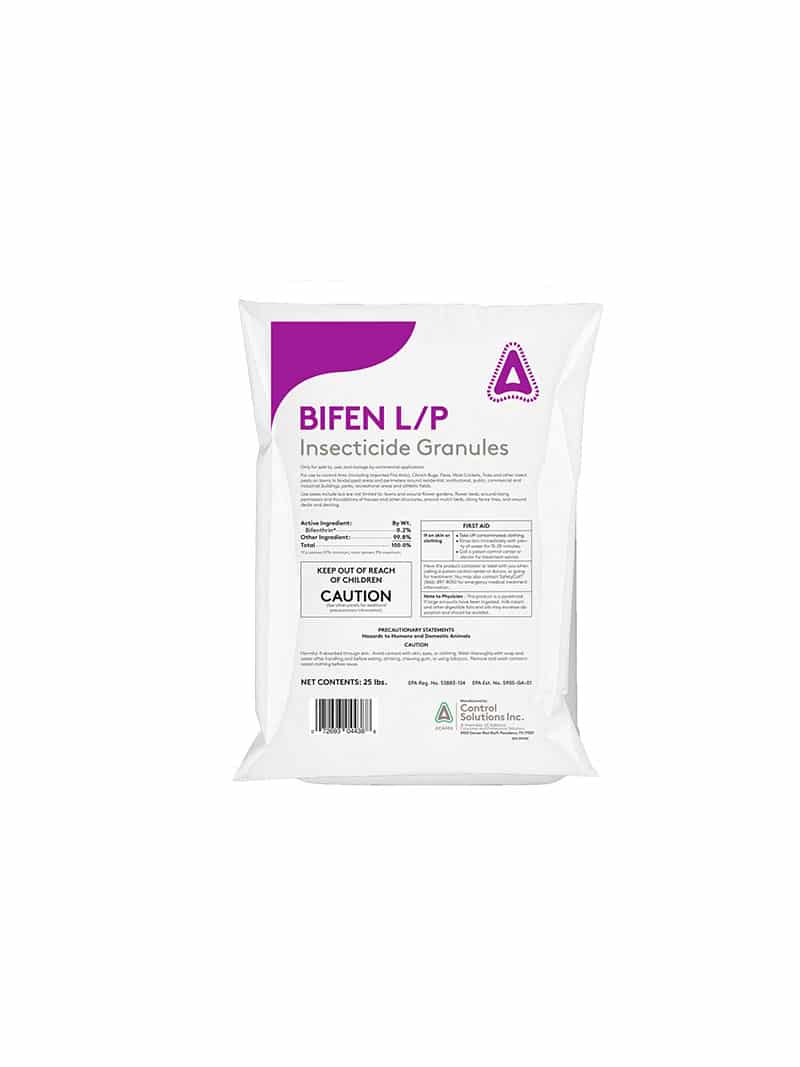
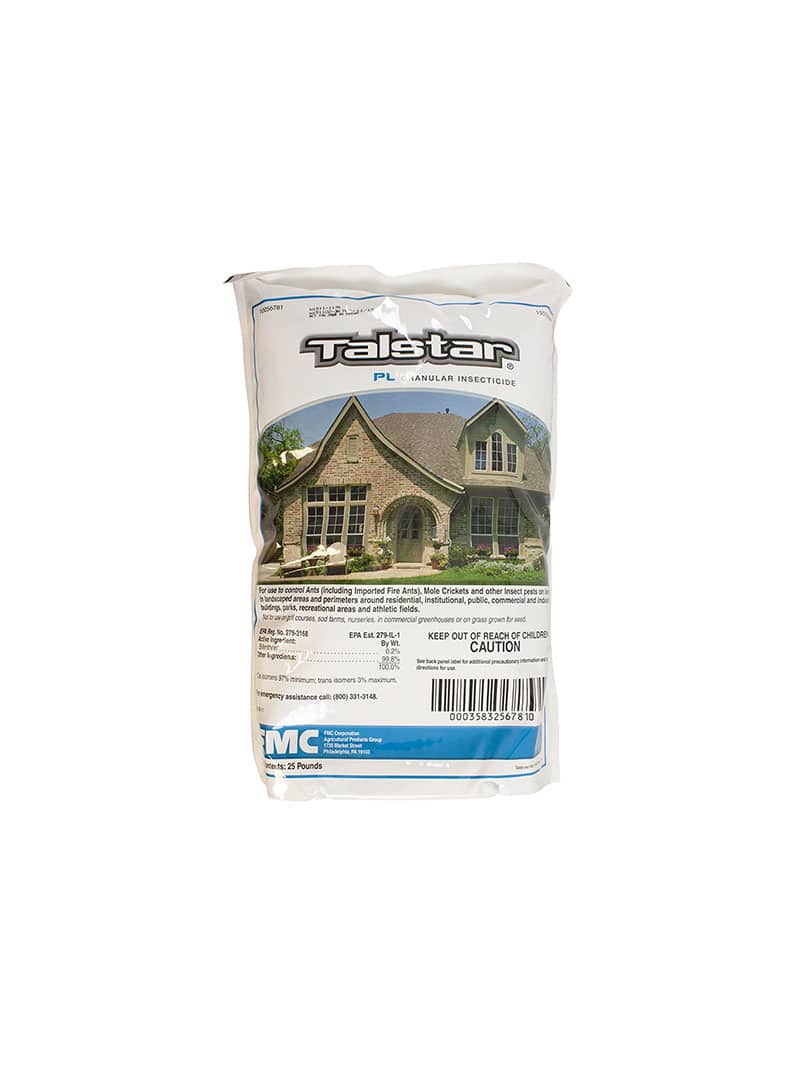
Reviews
There are no reviews yet